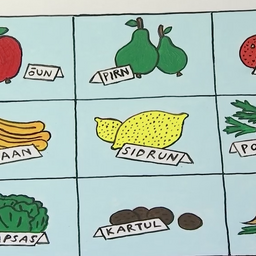The Estonian Language Institute (EKI) is seeking a developer to create a conversational robot called Keelekratt. This robot will help students learning Estonian as a second language practice speaking. It will also reduce the workload of teachers.
EKI launched a tender to create a robot capable of processing natural language. Keelekratt will help students learn spoken language and prepare for exams. The robot will also help solve two major problems.
The first problem is that teachers do not have enough time to provide individual feedback in school. Speaking is very important when learning a foreign language. The second problem is that many students have no one to practice Estonian with outside of school.
Keelekratt will be able to conduct conversations, ask questions, and provide feedback to students. The robot uses three language models. First, the robot records the student’s speech and converts it into text. Then, the robot analyzes the text and compiles feedback. Finally, the robot turns the response into speech that resembles a fluent conversation.
EKI sees Keelekratt being used by elementary school students, teachers, and exam assessors. Estonia is transitioning to Estonian-language education. By the 2029-2030 academic year, all schools should be teaching in Estonian. Keelekratt is expected to help achieve this goal.
The tender costs 600,000 euros. EKI recommends that bidders familiarize themselves with the Finnish Digitala project. Keelekratt must be able to be used by at least a thousand students simultaneously.
In 2023, Harno created a basic version of EISKratt. It was tested with high school students but was not actually implemented. Keelekratt will be developed as an independent solution. The funding comes from the Ministry of Education and the EU program.

